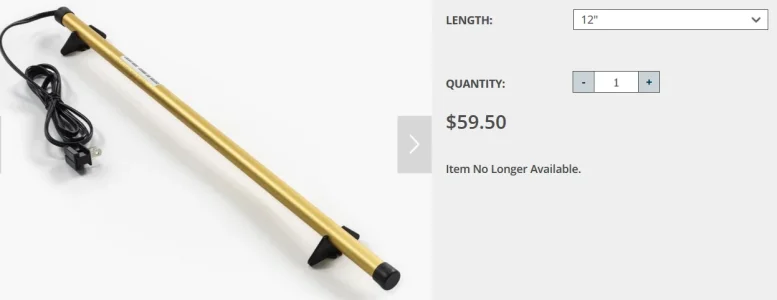Sitting here in the middle of an unprecedented heat dome isn’t really the time to think of de-icing chemicals but Dave’s post on the desiccant made me think of it. It was a post on another forum some of us here belong to about DIY dehumidifying. I thought it was quite clever and although I have yet to actually try this I know that the process will work.
For one, I always have a bit of de-icer left over in my hand bucket after Victoria’s once-per-winter snowfall and by the summer there’s always a pool of water in the bucket which I could never understand before but now makes perfect sense. Also, from working with engineers on testing concrete slabs for dryness prior to applying a membrane they use a similar deal with a smalll quantity of the salts enclosed in a little plastic cover. After a couple days the salts have have drawn down the water from the contained air, we weigh the water, and from that determine state of dryness in the slab.
As noted, I think the process will be slow but maybe that’s okay for long periods of gradual or incremental drying. Certainly not going to be as rapid as a dehumidifier system but again, for enclosed spaces it may work ok. There is also the cost of the ice melter and how that measures out over time I can’t say, maybe it would be expensive. I typically sit on about 1500 pounds for my work stockpile but I only purchase once every couple of years so the price isn’t top of mind for me. I also do not know if there would be a detrimental effect to metals caused by exposure to the salts via the air. In other words, is putting the chemicals in the shop to decrease the humidity level going to cause a different rusting possibility because of the buckets of salt being present? Don’t know.
Anyhow, I thought I’d put the link here (hopefully) and you can take it for what you want.
-frank
Let me know if the link doesn’t work out and I’ll try to get it in another way.
Post in thread 'POTD- PROJECT OF THE DAY: What Did You Make In Your Shop Today?'
https://www.hobby-machinist.com/posts/768681/bookmark

